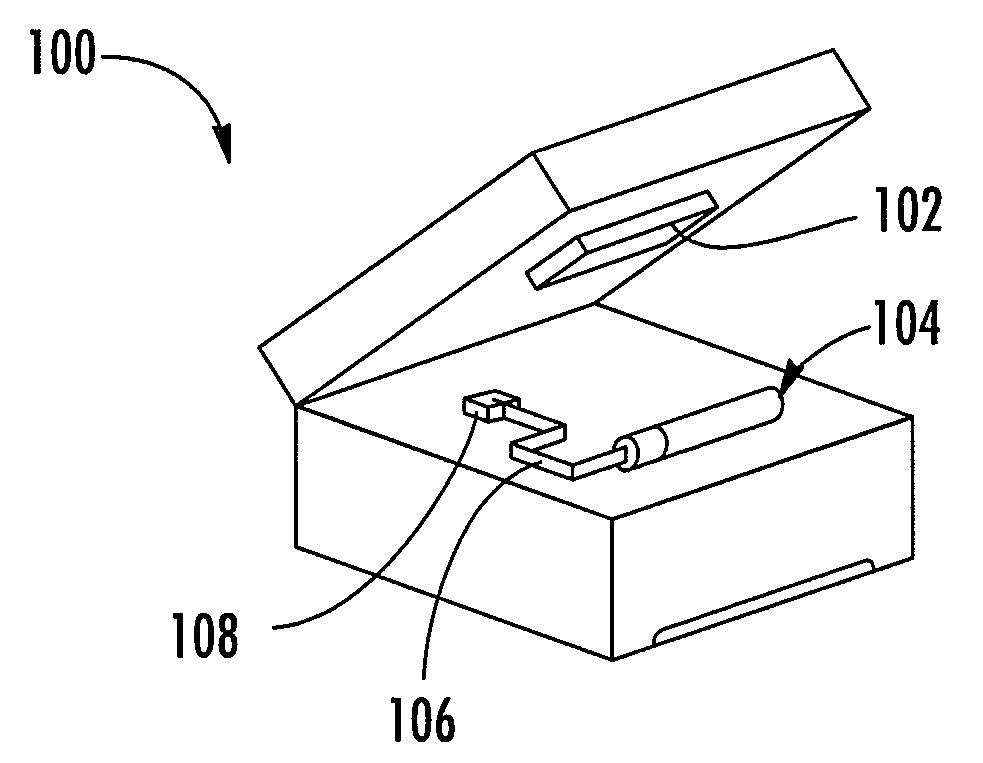Platen incorporating an RFID coupling device
a platen and coupling device technology, applied in the field of platens, can solve the problems of increasing system complexity and cost, affecting the efficiency of printing, so as to achieve the effect of effectively receiving signals from devices, effectively communicating with other devices, and effectively transmitting signals to devices
- Summary
- Abstract
- Description
- Claims
- Application Information
AI Technical Summary
Benefits of technology
Problems solved by technology
Method used
Image
Examples
Embodiment Construction
[0031]The present inventions now will be described more fully hereinafter with reference to the accompanying drawings, in which some, but not all embodiments of the inventions are shown. Indeed, these inventions may be embodied in many different forms and should not be construed as limited to the embodiments set forth herein; rather, these embodiments are provided so that this disclosure will satisfy applicable legal requirements. Like numbers refer to like elements throughout.
[0032]Referring to FIGS. 1A and 1B, therein are shown views of a media processing apparatus configured in accordance with an exemplary embodiment. In this case, the depicted media processing apparatus is a printer 100, although in other embodiments, the media processing apparatus may be any device capable of receiving and processing / modifying media, including, for example, a copier, a label machine, a fax machine, a drill, milling machine, lathe, or some other cutting or engraving device, an automatic painting...
PUM
 Login to View More
Login to View More Abstract
Description
Claims
Application Information
 Login to View More
Login to View More - R&D
- Intellectual Property
- Life Sciences
- Materials
- Tech Scout
- Unparalleled Data Quality
- Higher Quality Content
- 60% Fewer Hallucinations
Browse by: Latest US Patents, China's latest patents, Technical Efficacy Thesaurus, Application Domain, Technology Topic, Popular Technical Reports.
© 2025 PatSnap. All rights reserved.Legal|Privacy policy|Modern Slavery Act Transparency Statement|Sitemap|About US| Contact US: help@patsnap.com



